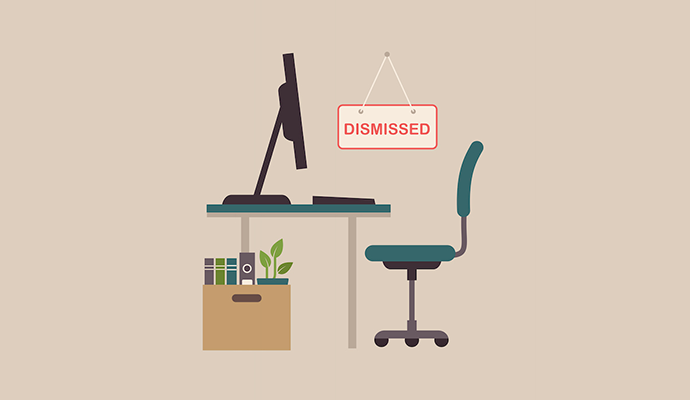Workers in Injury-Prone Industries Lack Employer-Sponsored Health Plans
Workers in industries such as the farming, fishing, and foresting industry see high injury rates and low rates of employer-sponsored health plan coverage.

Source: Getty Images
- Employer-sponsored health plan coverage is not common among employees who face a higher risk of workplace injury, a Value Penguin study revealed.
The study relied on data from the US Census Bureau’s March 2021 Current Population Survey and the US Bureau of Labor Statistics’ 2020 Survey of Occupational Injuries and Illnesses.
Certain professions have a higher tendency to result in workplace injuries.
The survey noted that in the farming, fishing, and foresting industry in 2020, 33.4 workers out of every 1,000 workers are injured to the point of having to take a break from work. Other occupations, like those in the computer and mathematical industry, are less risky, with 0.2 workplace injuries for every 1,000 employees.
However, industries with higher incidences of workplace injuries often do not offer employer-sponsored health plans.
Of the employees injured in the farming, fishing, and foresting industry in 2020, only 36.7 percent had employer-sponsored healthcare coverage. In contrast, most employees in the computer and mathematical industry (88.2 percent) did have employer-sponsored healthcare coverage.
As a result, injuries are more likely to occur to individuals who are not covered by employer-sponsored health insurance, with more than a third of all injured employees having no employer-sponsored health plan to cover their treatments.
Without employer-sponsored health plans, employees may be left to face high out-of-pocket healthcare spending.
However, whether injured workers can cover their treatment costs is a significant issue, given their typical incomes. Injury-prone industries also tend to be low-paying industries. Workers in these industries make 7.9 percent less than most Americans, and almost two-thirds of the 25 industries with the highest fatality rates from 2017 to 2020 had salaries below the national weekly median (64 percent).
The transportation and material moving industry had the highest rate of fatalities in 2020, and its workforce earned, on average, $39,680 annually.
“Employer-sponsored health insurance is supposed to offer access to affordable health care to Americans of all social and economic classes, even those with a modest income,” Divya Sangameshwar, a ValuePenguin expert, explained.
“However, the reality for many Americans is that they really don’t earn enough money to afford health insurance — even heavily subsidized insurance from their employer.”
The top five industries with the highest injury rates were the farming, fishing, and forestry industry, healthcare support, healthcare practitioners and technical, transportation and material moving, and building and grounds cleaning and maintenance. These industries had between 15 and 34 injured employees per 1,000 employees.
Only employees in the healthcare practitioners and technical industry had a strong majority of their healthcare coverage issued through employer-based health plans (81.8 percent). The transportation and material moving followed with 57.4 percent of the workers covered under employer-sponsored health plans.
While workers in these industries may lack employer-sponsored healthcare coverage, many find insurance elsewhere. For example, in the farming, fishing, and forestry industry which has the lowest employer-sponsored healthcare coverage rate and the highest injury rate, 70 percent of workers had some form of insurance.
Out of all of the workplace injuries in 2020, 14.2 percent were not covered by any form of health insurance.
“While workers’ compensation insurance is meant to cover lost wages and health care expenses for workers injured on the job, those claims are subject to an approvals process, so it isn't a guarantee of health care,” Samgameshwar added. “You can be denied workers’ compensation for things like not reporting the accident in a timely manner, or if a doctor thinks your injury isn't caused by work.”
A little more than half of all employees who do have employer-sponsored health plan coverage are satisfied with their coverage, according to a survey from the Employee Benefit Research Institute. But national healthcare costs still pose a challenge to these individuals.
When the Great Resignation wracked the US economy, employer-sponsored health plan coverage became an even more important benefit. As employers tried to attract more talent, it became clear that employer-sponsored health plan coverage is highly valued among employees, certainly more so than human resource professionals initially assumed.
Employer-sponsored health plans can even produce a return on investments, a study from Avalere Health discovered. The study projected that employer-sponsored health plans will produce a 47 percent return on investment in 2022, which may grow to 52 percent by 2026.
